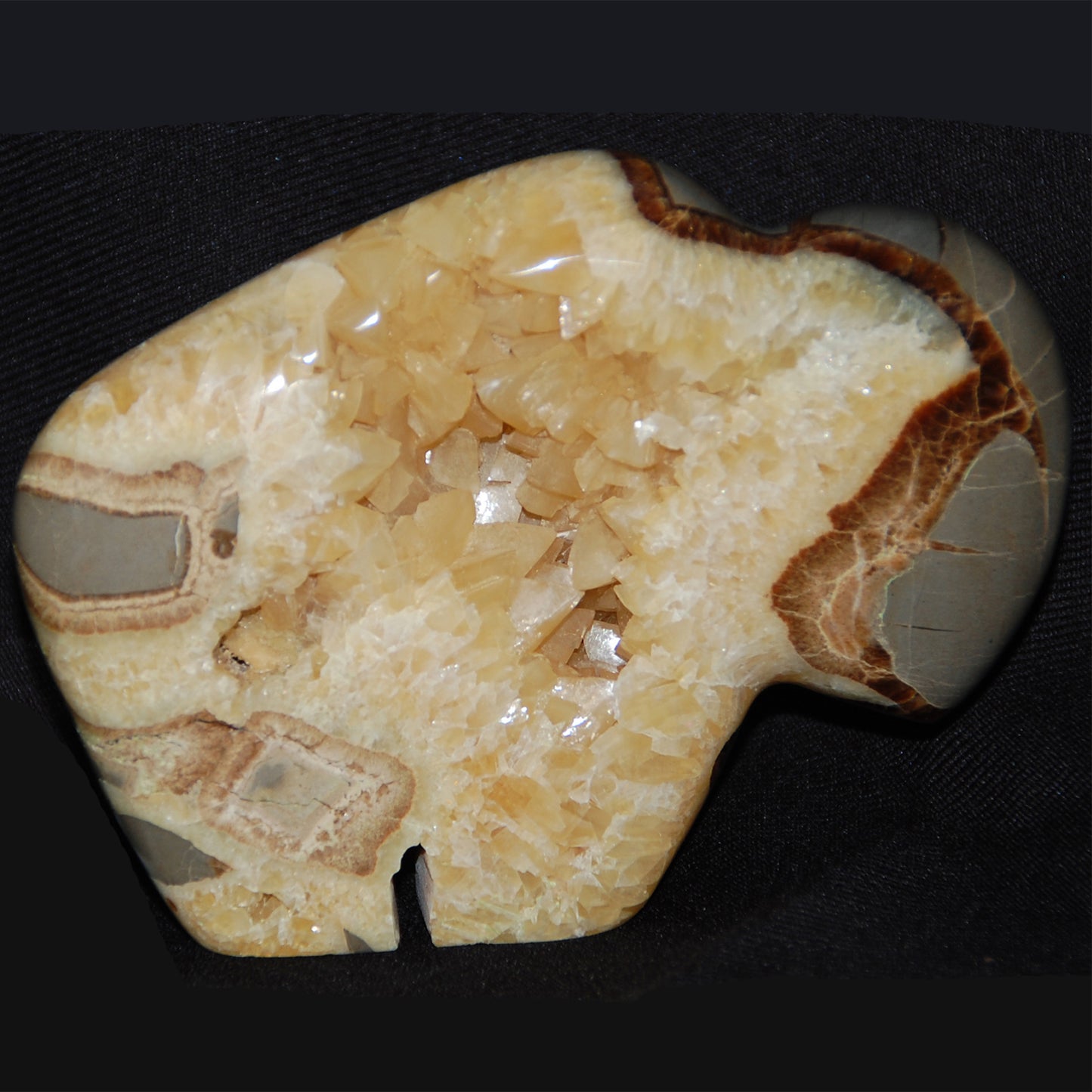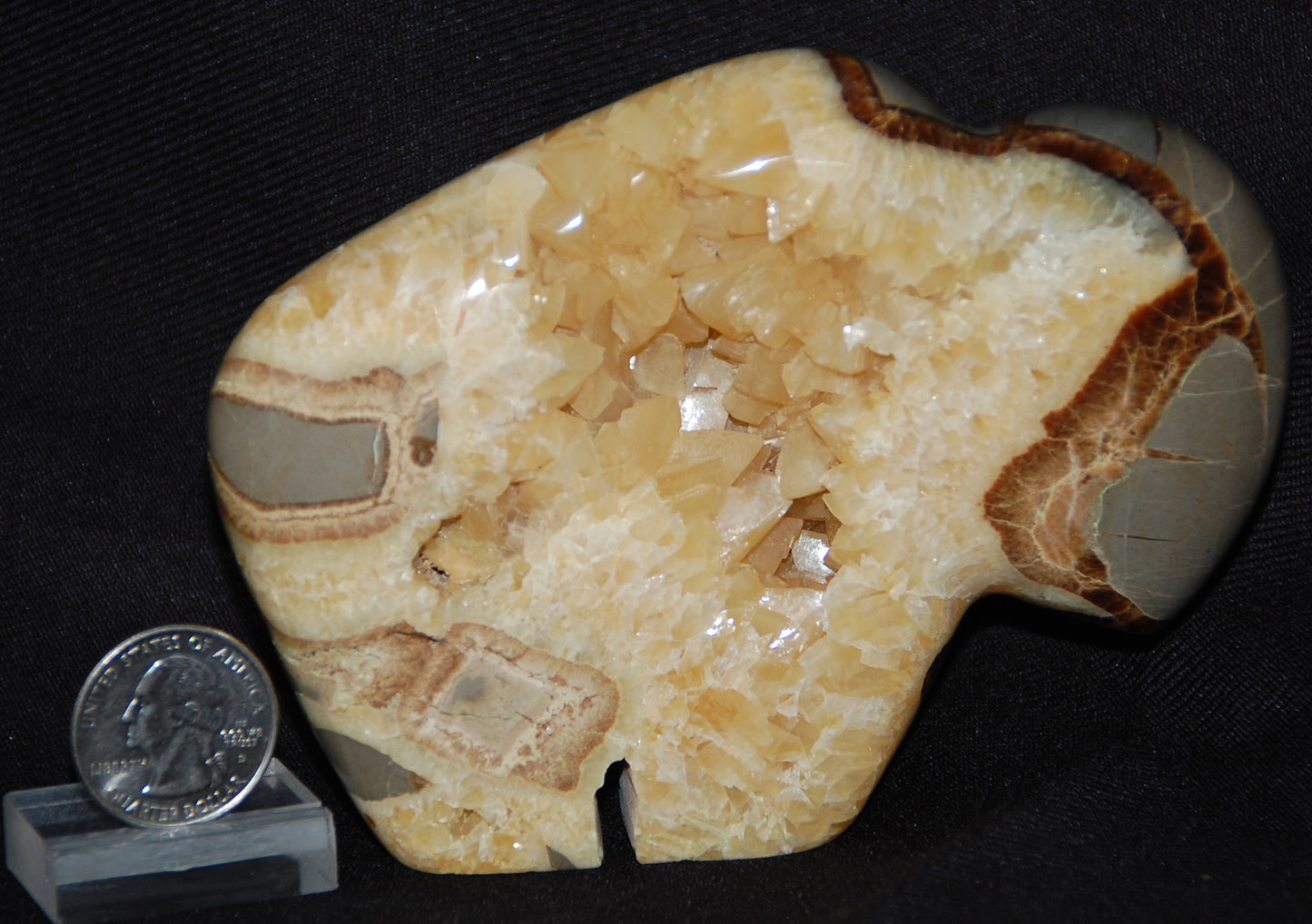The Crystal Cache
Septarian Nodule Buffalo Carving Stone Carved Bison Statue
Septarian Nodule Buffalo Carving Stone Carved Bison Statue
Regular price
$80.00 USD
Regular price
Sale price
$80.00 USD
Unit price
per
Shipping calculated at checkout.
Couldn't load pickup availability
Dimensions: 5"x3.8" / 12.7cm x 9.65cm



